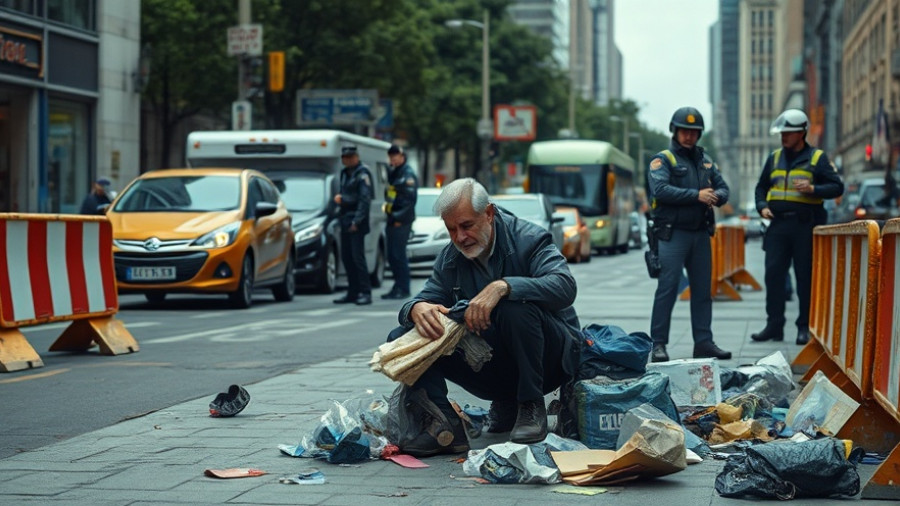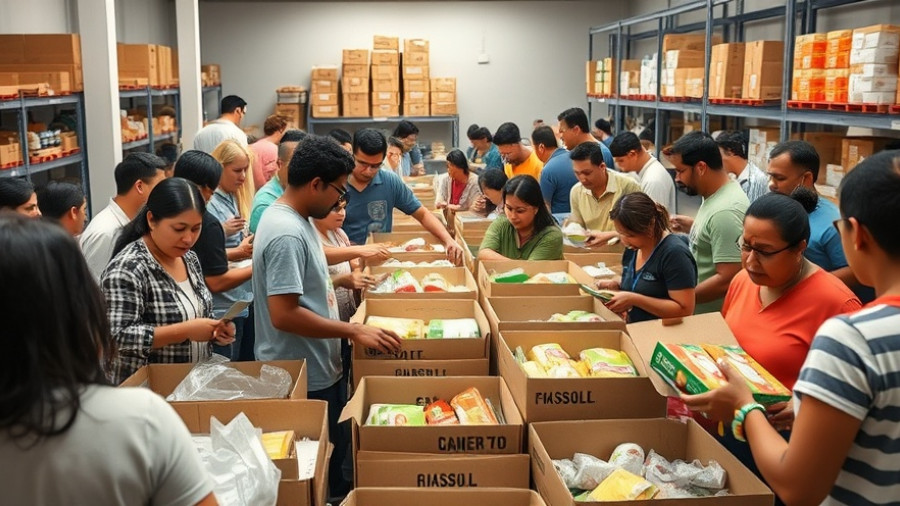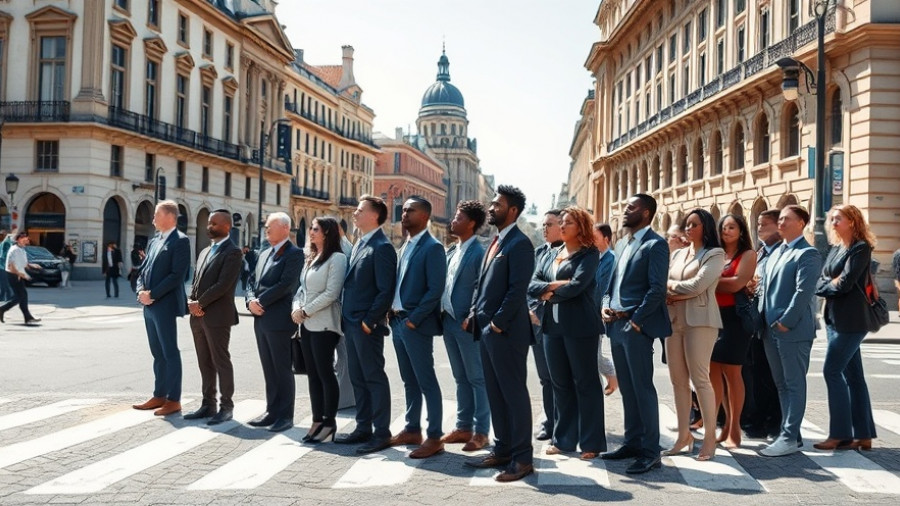
The Uneasy Art of Everyday Life: Yuan Goang-Ming’s 'Everyday War'
San Francisco's Asian Art Museum is currently showcasing a thought-provoking exhibit entitled 'Everyday War' by Taiwanese video artist Yuan Goang-Ming. Running until August 4, 2025, this exhibition brings to the forefront the palpable anxiety that accompanies daily life in Taiwan, where the looming threat of invasion from China casts a long shadow. Yuan's artistic vision captures a distinct blend of dread, poignancy, and resilience—a narrative that's particularly relevant in our contemporary world, rife with uncertainty and instability.
Understanding the Backdrop: Taiwan’s Complex Reality
In a region where geopolitical tensions pervade not just politics but personal lives, Yuan's work resonates on multiple levels. He is often hailed as the father of video art in Taiwan and represented the island nation at the prestigious 60th Venice Biennale with 'Everyday War'. For Yuan, the urgency of his message is amplified by Taiwan's unique geographic and political positioning—often regarded as the 'periphery of the periphery' in a world that frequently sidelines its voices in favor of China and larger Asian narratives. This exhibition is a poignant reminder of the struggles of a small nation fighting for recognition.
Curatorial Collaboration: A Meeting of Minds
The exhibit’s curator, Abby Chen, played a crucial role in shaping the narrative presented to San Francisco visitors. Yuan felt it imperative to work with someone familiar with Taiwan's art and culture rather than a typical European curator. Chen's empathy toward the struggles of Taiwan, and her understanding of its place in the global art scene shines through in this collaboration. Their partnership enriches the artwork's meanings and emphasizes the shared experiences of artists from Taiwan and other peripheral regions.
Explosions of Emotion: The Art Pieces
Within 'Everyday War,' two powerful installations—'Dwelling' and the titular 'Everyday War'—explore the fragility of domestic spaces through simulated explosions. In 'Dwelling', a cozy living room setup is violently disrupted before being reassembled, symbolizing the volatile nature of security. Similarly, 'Everyday War' depicts a chaotic scene within a studio apartment, emphasizing the juxtaposition of everyday life with the omnipresent fear of conflict. These visual narratives transport viewers to a place where comfort meets chaos, anchoring the exhibition's central themes.
Deeper Perspectives on Fear: The Shared Experience of Alarm
Yuan's videos extend beyond mere visual storytelling; they invoke emotional responses that many can relate to, especially in a post-pandemic world marked by collective trauma. His portrayal of empty streets in 'Everyday Maneuver' serves as a stark reminder of the fear that gripped numerous communities during lockdowns and air raid drills, making the audience reflect on relatability.
The Multidimensional Aspect of Art: Reflection of Identity and Culture
As parents and adults navigate complex currents of everyday life—ranging from career uncertainties to societal tensions—Yuan’s platform encourages discussions about identity, culture, and peace. The exhibit dives deep into the relationship between personal and political; how struggles in one's homeland manifest in actions and expressions of everyday life. This opens the floor for important conversations around art's influence on social movements and social justice.
What Lies Ahead: Predictions for Taiwanese Art
The work of Yuan Goang-Ming represents just a slice of what’s happening in Taiwan’s art scene. With political landscapes continuously shifting, many believe that more artists will utilize their craft to express experiences of marginalization, conflict, and hope. As Taiwan navigates its future amidst these tensions, a new generation of artists will likely rise, creating pathways for dialogue and diplomacy through art.
Call to Engage with Art and Conversations
With contemporary issues woven intricately into narratives like 'Everyday War', the role of art as a medium for discourse is more crucial than ever. Visitors and communities worldwide are encouraged to engage with such exhibitions, fostering a deeper understanding of cultural identities and the socio-political landscapes that shape them. If you find yourself in San Francisco, don’t miss out on witnessing the transformative power of Yuan's art that challenges and inspires discussion.
 Add Row
Add Row  Add
Add 




Write A Comment